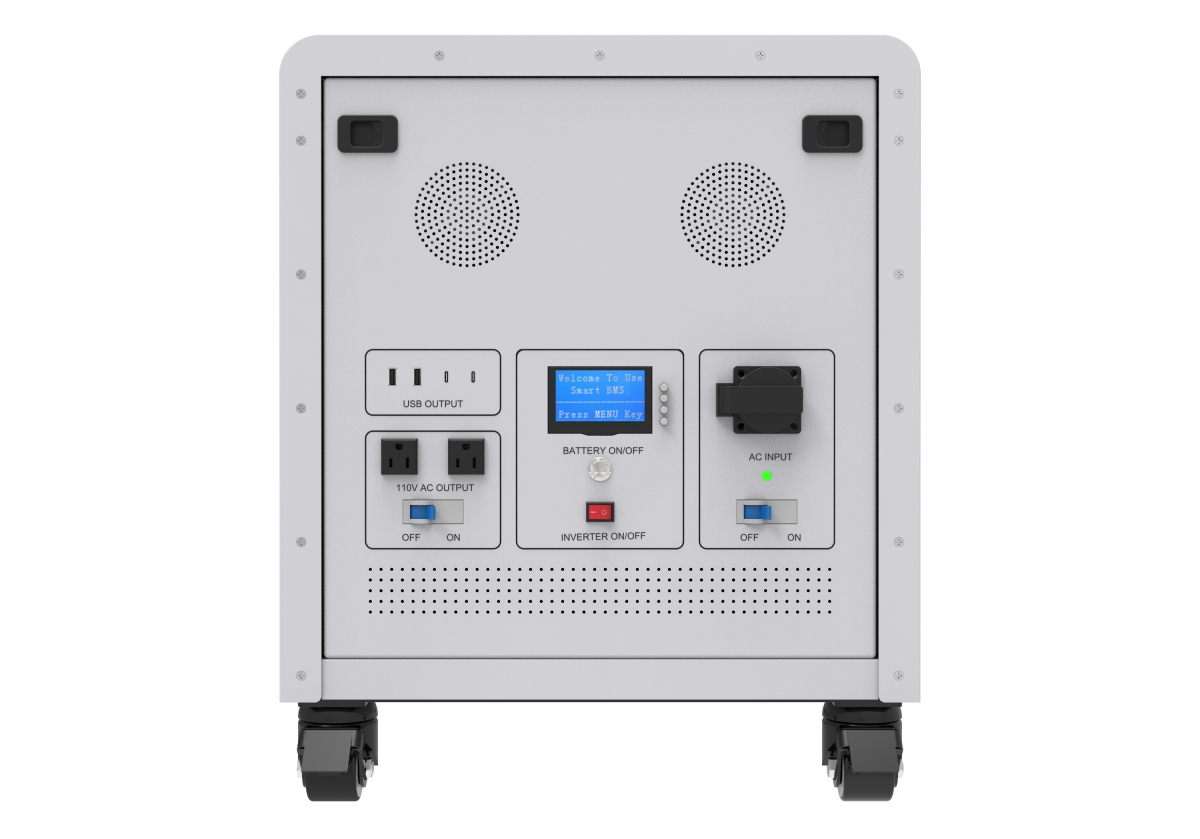- 22
- Nov
Lithium battery technology has new breakthroughs 15页面
Charge 70% new breakthrough in a few minutes
Lithium batteries are familiar electronic products that are now used in mobile phones, notebook computers and electric cars. But lithium batteries are also known for their long life and short life. Recently, a team from Singapore’s Nanyang Technological University (Nanyang Technological University) developed a new type of fast. This battery can be fully charged with 70% of the power in two minutes and can be used for 20 years, which is 10 times longer than the battery at the time.

Lithium batteries are mainly composed of positive electrode information (such as lithium cobalt oxygen), electrolyte and negative electrode information (such as graphite). During the charging process, lithium ions precipitate from the lithium cobalt-oxygen lattice of the anode and are embedded in the flake graphite through the electrolyte. During the discharge process, lithium ions escape from the flake graphite lattice and are inserted into the lithium cobalt oxygen through the electrolyte. Lithium batteries are also called rocking chair batteries because they transfer back and forth between the positive and negative electrodes during charging and discharging. In recent years, scientists have been developing new types of lithium batteries, especially large-capacity lithium-sulfur batteries, lithium-oxygen batteries and nano-silicon batteries, but due to their chaotic composition, high cost, and short service life, many effects have not been promoted.
Traditional lithium batteries cannot be charged quickly, mainly because of the safety characteristics of graphite electrodes. When the battery is working, a solid electrolyte membrane is formed on the surface of the electrode, which will block the footsteps of lithium ions and slow down their speed. The distinctive feature of this new type of lithium battery is that it uses ultra-long titanium dioxide nanotube gel as the cathode instead of traditional graphite materials. This new material does not form an electrolyte membrane, and lithium ions can be inserted quickly, thereby achieving rapid charging. Due to the special structure of the one-dimensional titanium dioxide nanogel, the new battery has achieved a breakthrough in terms of service life, which can be recycled tens of thousands of times. At the cost of a day, it can be used for more than 20 years. In addition, the titanium dioxide (commonly known as titanium dioxide) used in this study has low cost, easy processing, good repeatability, high reliability, and can be seamlessly connected with the existing technology, and its industrial application prospects are very broad.
Lithium batteries came out in the 1970s. In 1991, Sony introduced the first commercial lithium batteries, which revolutionized consumer electronics. Although lithium batteries have been widely used, their battery life and service life have not achieved effective breakthroughs, which also restricts the rapid development of electric vehicles and other industries. This new breakthrough may have wide-ranging effects in many areas. In mobile devices, new batteries can prevent mandatory shielding of certain electronic devices. The electric vehicle industry will also benefit greatly, not only because the charging time can be reduced from a few hours to a few minutes, but also because users will not have to change the expensive batteries (costing about $10,000) to further promote the benefits of electric vehicles.
However, at this time, the development of lithium batteries is facing a bottleneck: if you want to increase capacity, you must sacrifice charging speed and cycle life, which is difficult to maintain high capacity. In the future, to replace batteries, on the one hand, it is necessary to advance the research on safety features such as solid and semi-solid electrolytes, on the other hand, it is necessary to accelerate the research and development of large-capacity cathode data to achieve a breakthrough in the energy density of lithium batteries. In summary, the positive and negative electrodes and electrolyte data of the battery must work together to make greater progress in terms of form and capacity.
